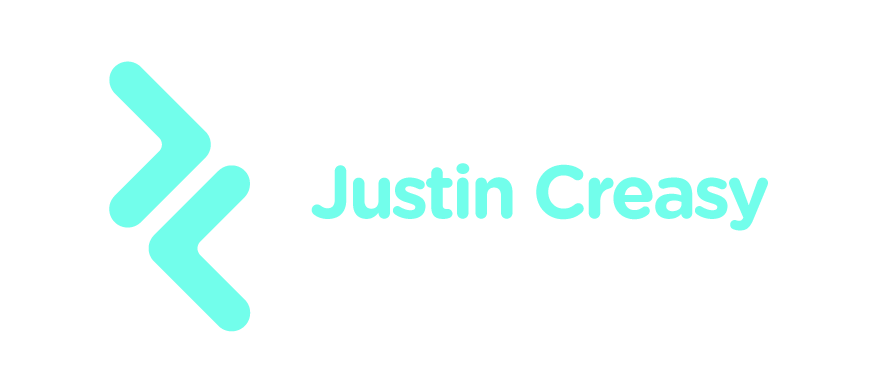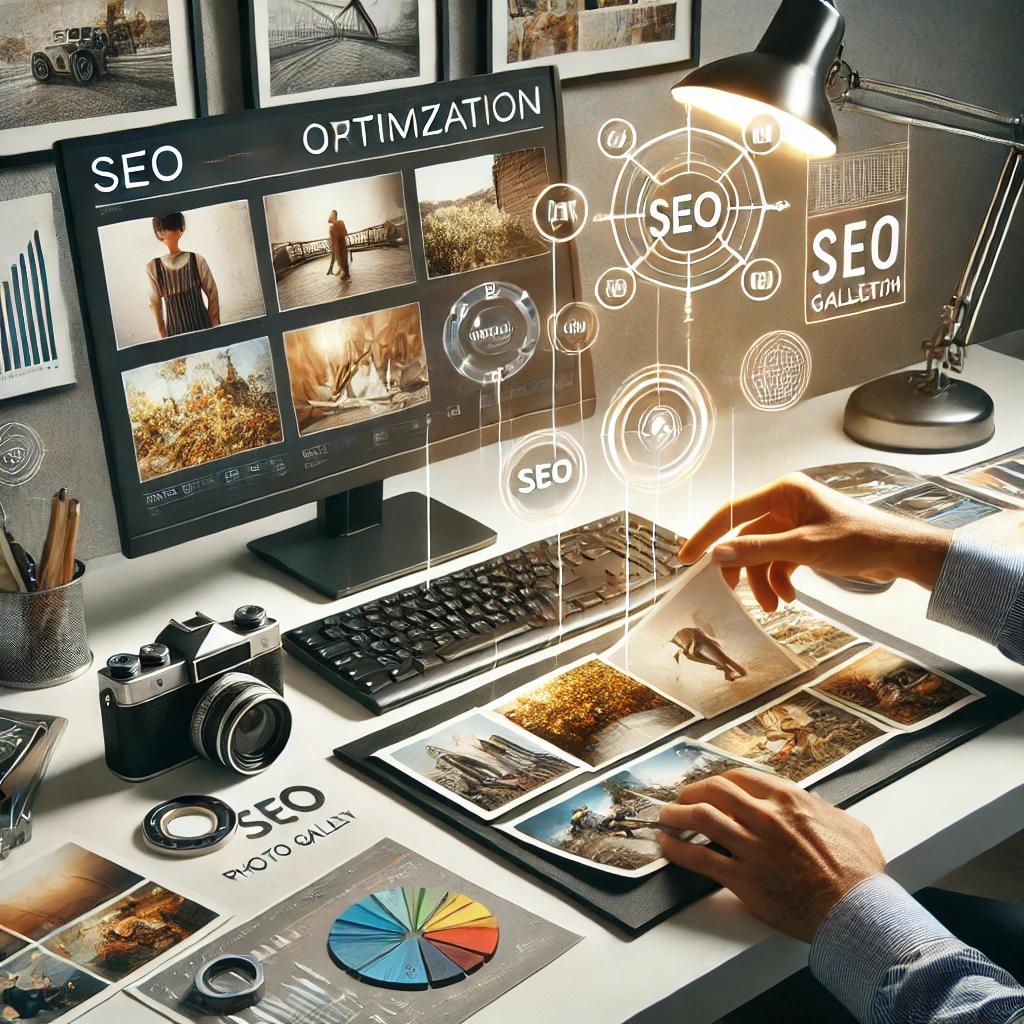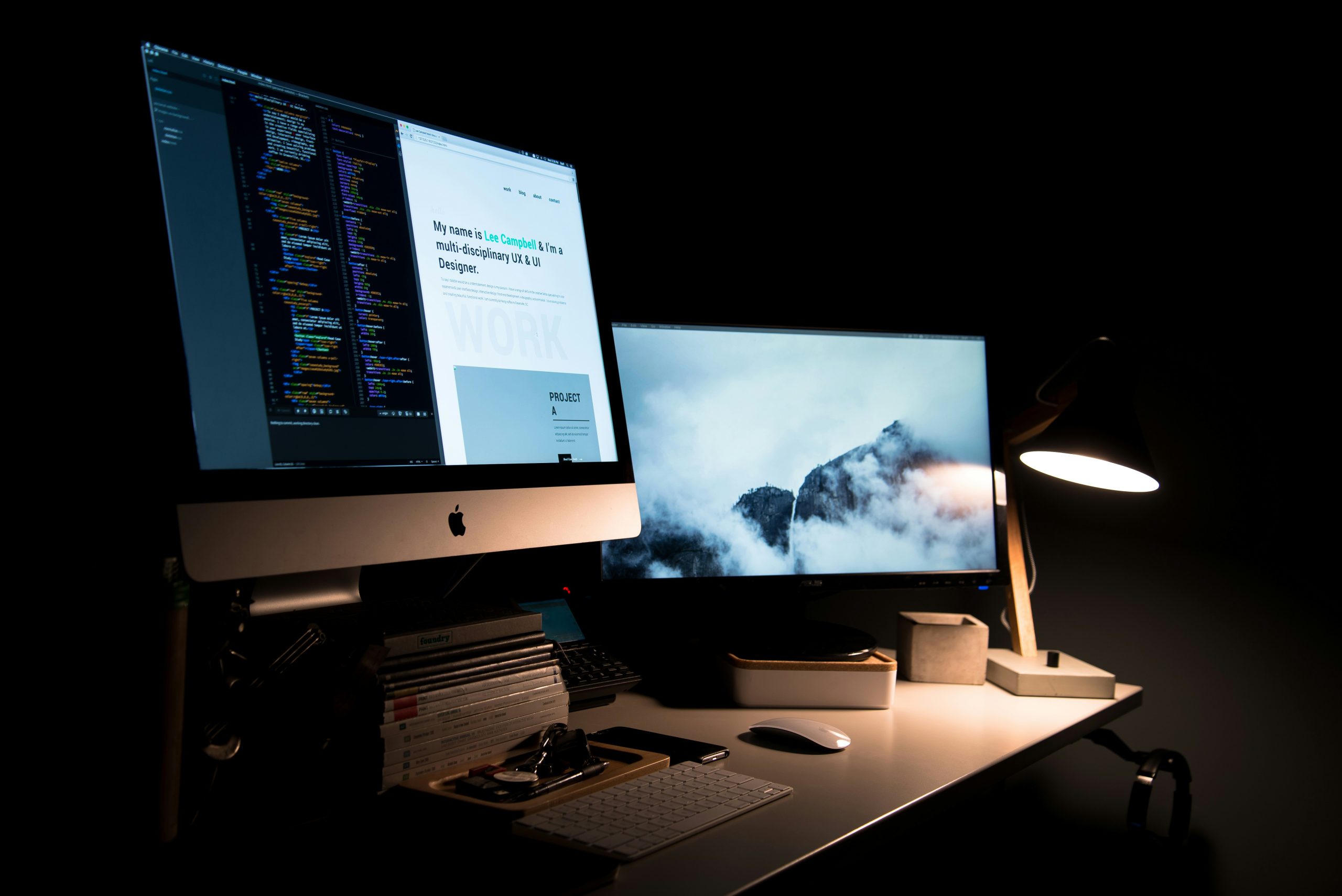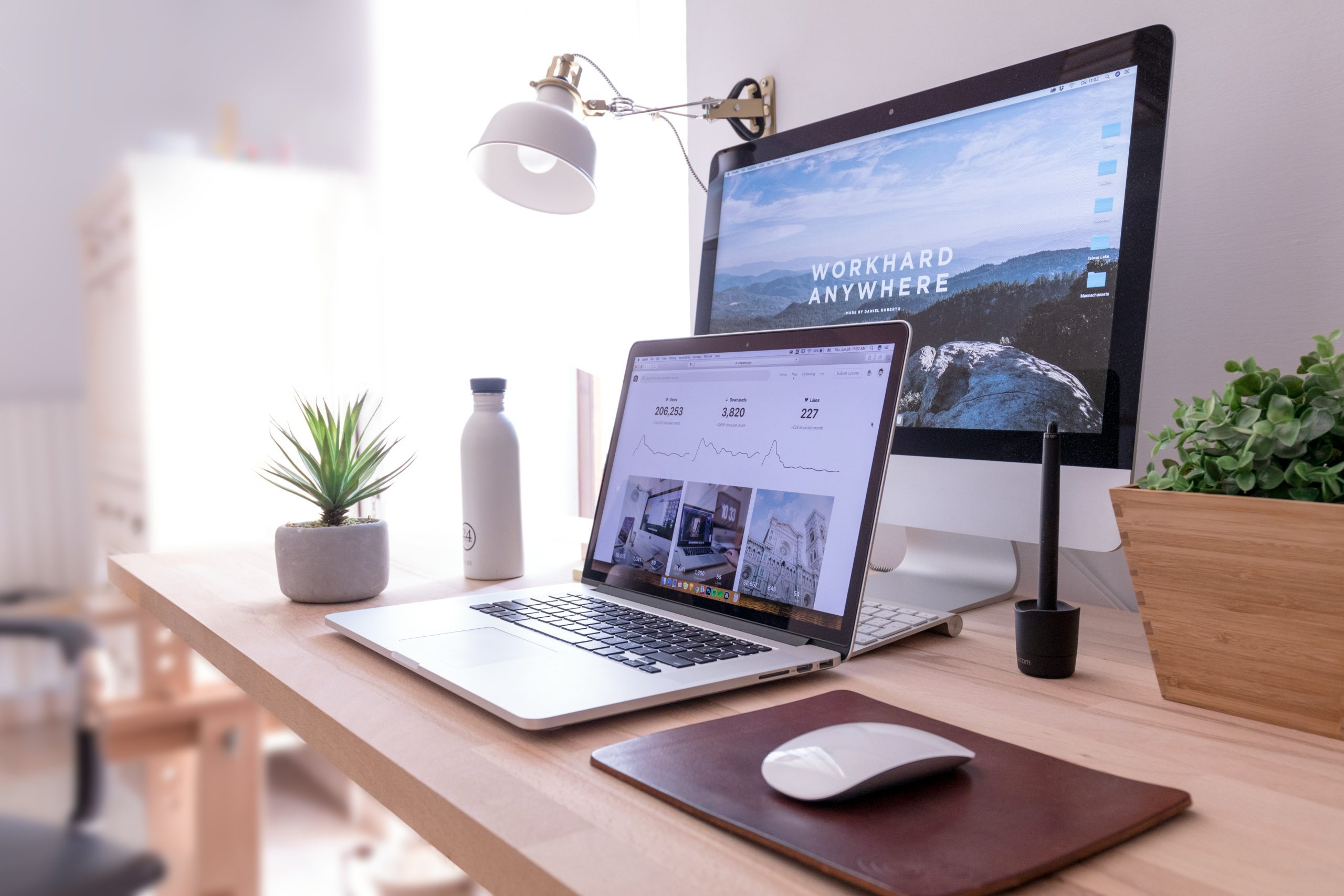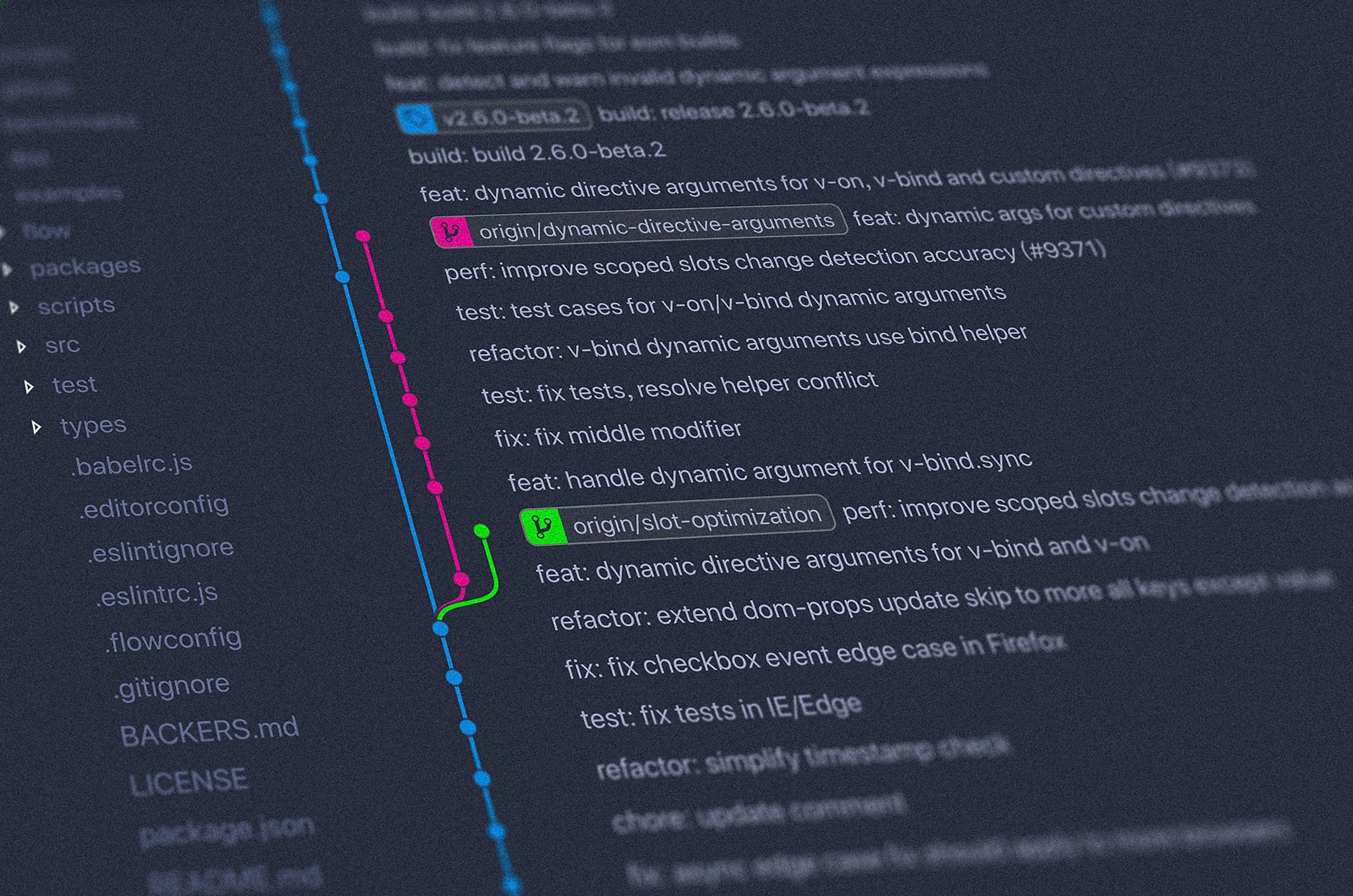What Is SEO Indexing for a Photo Gallery?
SEO indexing for a photo gallery refers to optimizing images so they can be properly indexed by search engines like Google. This ensures that images appear in Google Image Search results and contribute to overall website SEO.
Proper image optimization improves:
✅ Organic traffic from Google Images
✅ Faster page load times for a better user experience
✅ Accessibility for visually impaired users
✅ Higher rankings in search results
Now, let’s explore how to optimize your photo gallery on different CMS platforms and which tools and plugins can help.
1. Why Image Optimization Matters for SEO
Images play a crucial role in website performance and SEO. Optimized images:
- Improve Google Image Search rankings
- Increase website speed by reducing file sizes
- Enhance user experience and engagement
- Improve mobile performance and accessibility
Ignoring image SEO can lead to slow load times, poor indexing, and lost traffic. That’s why CMS-specific optimization is essential.
2. Optimizing Photo Galleries on Different CMS Platforms
🔹 WordPress SEO Image Optimization
WordPress is the most SEO-friendly CMS with powerful plugins for image optimization. Here’s how to optimize images for indexing:
✅ Use an SEO-friendly gallery plugin – Envira Gallery, NextGEN Gallery
✅ Compress images – Smush, Imagify
✅ Generate an image sitemap – Yoast SEO, Rank Math
✅ Use lazy loading – Built-in with WordPress 5.5+ or a3 Lazy Load
💡 Example: A travel blogger using WordPress can optimize an image-heavy gallery using Smush for compression and Envira Gallery for SEO-friendly layouts.
🔹 Shopify SEO Image Optimization
Shopify is widely used for e-commerce, and image SEO is crucial for product visibility. To optimize:
✅ Use an SEO-friendly gallery app – Image Optimizer
✅ Optimize alt text automatically – SEO Image Optimizer by AVADA
✅ Serve images in WebP format – Built-in with Shopify themes
✅ Use structured data for images – Add JSON-LD schema using SEO Booster
💡 Example: An online clothing store using Shopify can improve search rankings by using WebP images and optimizing alt tags with SEO Image Optimizer.
🔹 Wix SEO Image Optimization
Wix has built-in SEO tools but requires additional optimization for image-heavy websites:
✅ Enable automatic image compression – Wix does this automatically
✅ Use structured data (Schema Markup) – Wix SEO Wiz helps add structured data
✅ Optimize filenames and alt text manually
✅ Ensure lazy loading is enabled
💡 Example: A photographer using Wix should manually update filenames and alt text to improve search rankings while relying on Wix’s automatic compression.
🔹 Custom Websites (HTML & JavaScript)
If you’re using a custom-built website, you need to manually handle image SEO:
✅ Use WebP format for fast loading
✅ Create an XML image sitemap – Screaming Frog
✅ Enable lazy loading with loading="lazy"
✅ Use a CDN (Content Delivery Network) – Cloudflare
💡 Example: A web developer building a JavaScript-heavy site should use WebP images, a CDN, and manual lazy loading for better indexing.
3. Best SEO Practices for Image Optimization
Regardless of the platform, follow these best practices:
✅ Use descriptive filenames (e.g., seo-index-photo-gallery.jpg instead of image1.jpg)
✅ Write meaningful alt text to help Google understand image content
✅ Use WebP format for reduced file size and faster load speed
✅ Ensure mobile-friendliness by using responsive images (srcset)
✅ Create an image sitemap to improve Google indexing
4. Best Plugins and Tools for SEO Image Indexing
🔹 Image Compression:
🔹 SEO Plugins for Image Optimization:
- Yoast SEO (WordPress)
- SEO Booster (Shopify)
🔹 Lazy Loading Plugins:
- a3 Lazy Load
- LazySizes (For custom sites)
🔹 Structured Data & Sitemaps:
5. Final Thoughts
Optimizing your SEO photo gallery is crucial for organic traffic and search engine rankings. By using the right CMS-specific tools and best practices, you can ensure your images are indexed properly and contribute to better overall SEO.
